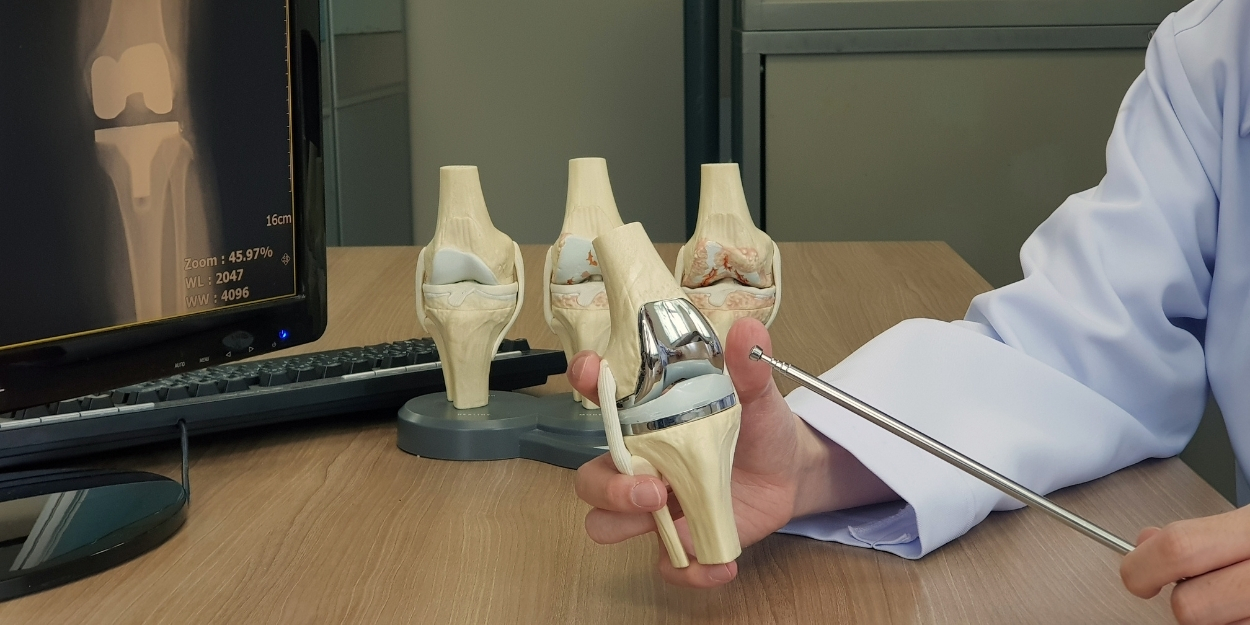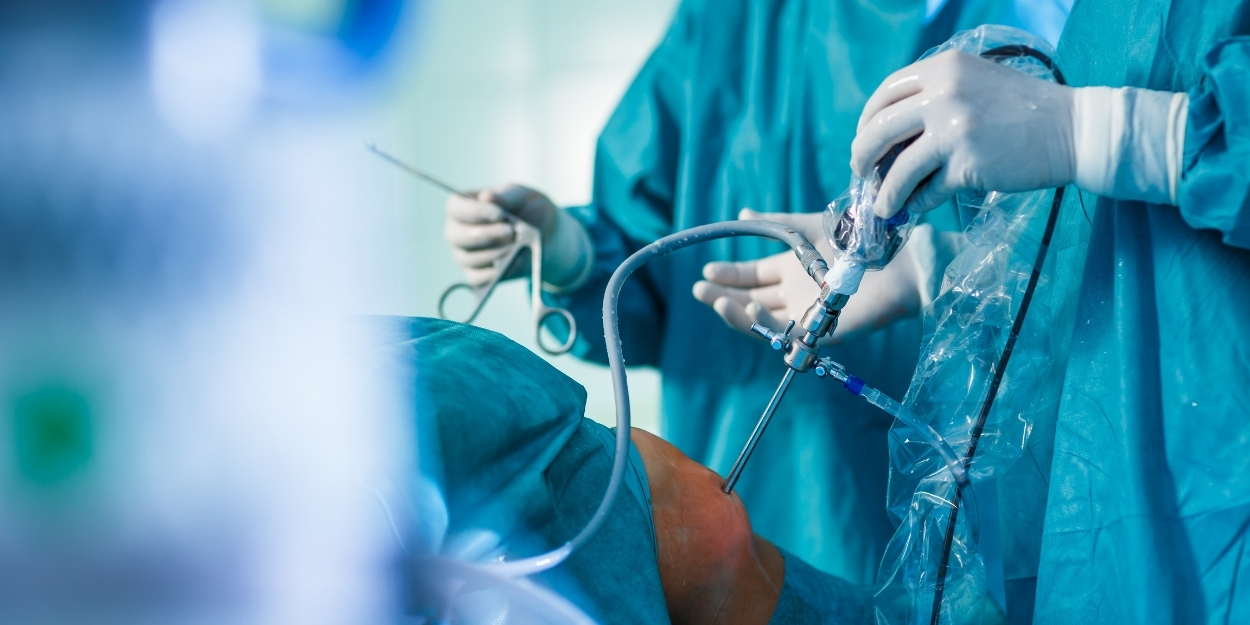Walk without pain, just as countless patients regained mobility through Liv Hospital knee surgery!
Dr. Herve Ouanezar
Consultant - Orthopedic SurgeonWith over 14 years of global clinical experience, this orthopaedic surgeon leads in advanced knee and hip procedures. Trained across France and the U.S., he holds multiple sports medicine fellowships and is a published authority on ligament reconstruction, fracture care, and joint preservation. Known for his role as a team physician and his academic contributions, he blends surgical precision with athletic insight to restore mobility, performance, and long-term joint health.
Curious about orthopedic solutions?
Explore Orthopedic Surgery and discover what’s possible—advanced care, lasting mobility.






